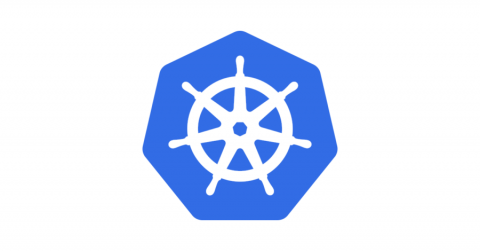Whats new in Kubernetes 1.15?
Another outstanding Kubernetes release, this time focused on making the CustomResource a first class citizen in your cluster, allowing for better extensibility and maintainability. But wait, there is much more! Here is the full list of what’s new in Kubernetes 1.15.









